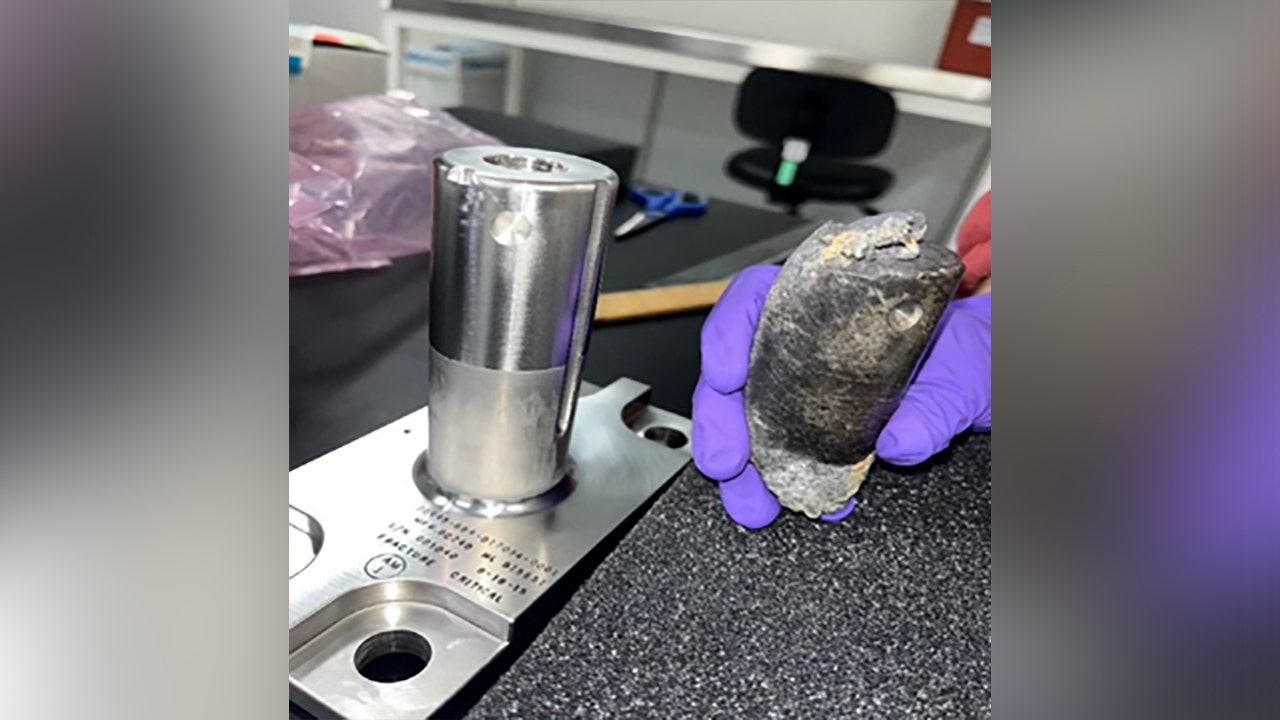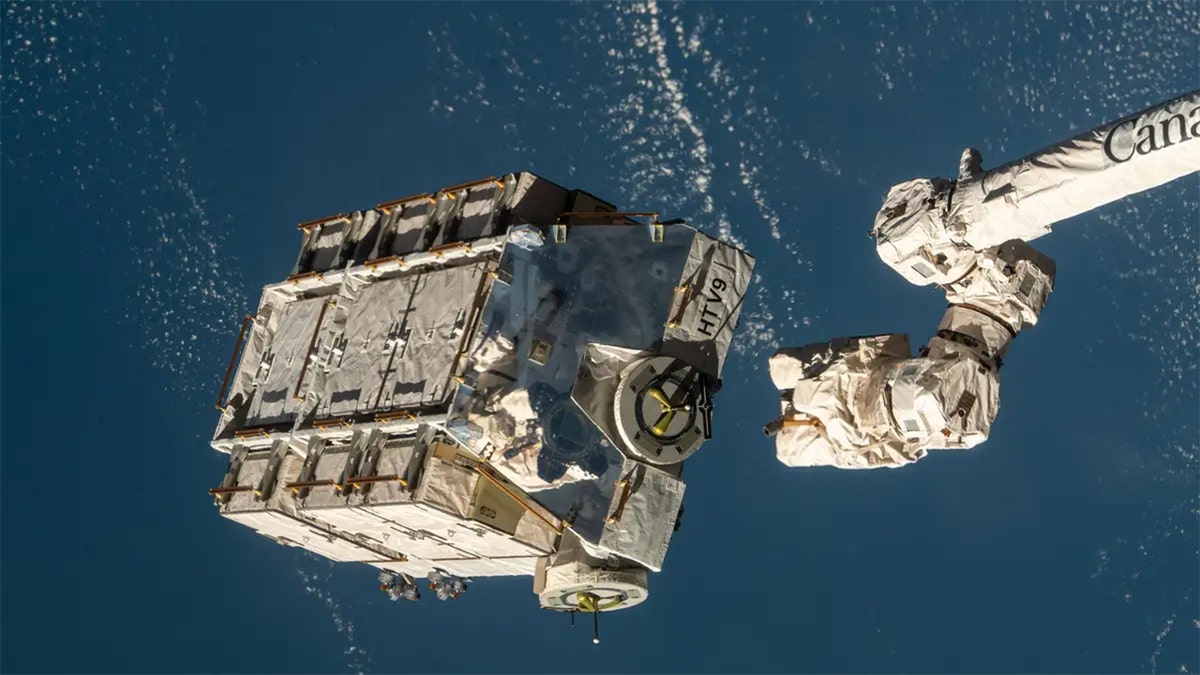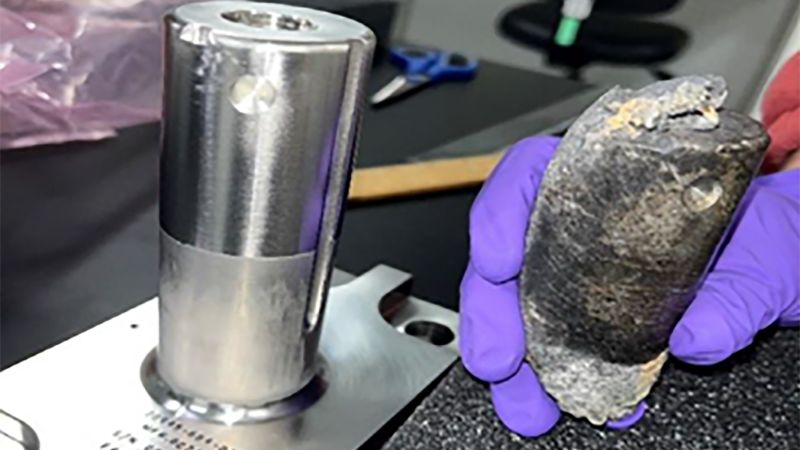
NASA Confirms Space Debris Crashed into Florida Home: A Piece of History
On March 8, 2024, a piece of space debris crashed through the roof of a Naples, Florida home. The object was later identified as a stanchion from NASA's International Space Station (ISS). This event marked an unusual occurrence in space exploration history.
Background Information: NASA and the ISS
The National Aeronautics and Space Administration (NASA) is an independent agency of the United States Federal Government responsible for the nation's civilian space program. The International Space Station (ISS) is a multinational collaborative project between five participating space agencies: NASA, Roscosmos, JAXA, ESA, and CSA.
The ISS serves as a research laboratory in which scientists conduct experiments in various fields such as biology and physics. It also provides an opportunity for astronauts to live and work in space for extended periods of time.
Space Debris: An Unavoidable Reality
Space debris refers to man-made objects that no longer serve their intended purpose and are now orbiting Earth. This includes defunct satellites, rocket fragments, and discarded equipment from the ISS. There are approximately 6,000 tons of space junk in low Earth orbit above our planet right now.
Space debris poses a significant risk to operational spacecraft as collisions can cause damage or even total loss. NASA regularly monitors and tracks this debris to minimize potential risks.
The Incident: A Stanchion from the ISS Crashes into a Florida Home
On March 8, 2024, a piece of space debris weighing approximately 1.6 pounds crashed through the roof of Alejandro Otero's Naples, Florida home. The object was later identified as a stanchion from NASA's ISS cargo pallet flight support equipment used to mount batteries.
NASA launched an investigation into the cause of the crash and determined that it was likely due to a failure in the re-entry process of discarded ISS cargo. The agency released about 5,800 pounds of spaceborne refuse in March 2021, which was expected to disintegrate during reentry.
The Impact: A Tremendous Sound and Damage to the Home
Mr. Otero reported hearing a tremendous sound when the object hit his roof. The debris pierced through two floors of his home, causing significant damage.
NASA confirmed that the debris was indeed a piece of discarded cargo from the space station after analyzing it at Kennedy Space Center.
Conclusion: An Unusual Occurrence in Space Exploration History
The incident marked an unusual occurrence in space exploration history, highlighting the importance of monitoring and managing space debris to minimize potential risks to both operational spacecraft and people on Earth.







